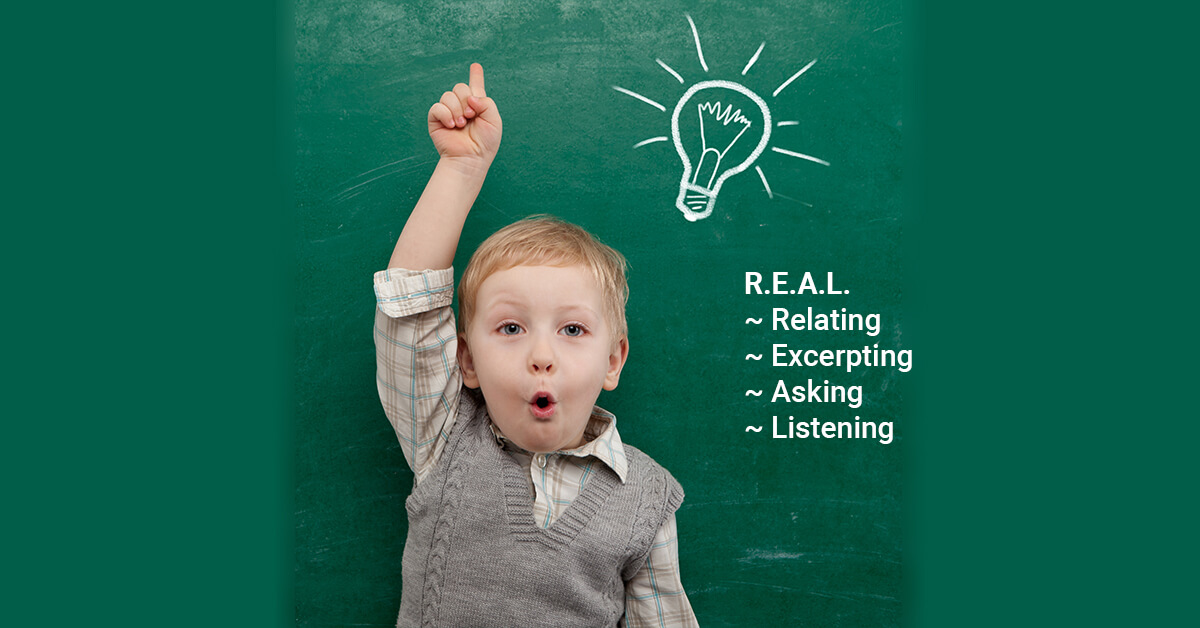March 1, 2022
For months, headlines have been screaming that today’s students are in crisis. As districts close for mental health days and schools navigate Covid learning loss on top of eye-watering rates of depression and anxiety among students, everyone is rightfully tired and scared. The reasons behind this crisis are infinitely debatable—blame Covid, Instagram, politics, parents!—but here’s what’s not: when it comes to supporting the whole child, schools need an all-hands-on-deck strategy, starting now.
Social-Emotional Learning (SEL) can feel like a hot potato in schools. Adults across campus lament Gen-Z’s deficits in what feels like “basic social skills,” yet, few faculty have the time or tools to course-correct consistently. Generally, teachers teach courses and engage in student support on an as-needed, highly individualized basis. Student Life staff—like counselors and grade deans—are responsible for the “SEL program” within a school. But too often, they don’t have time to do much more than 30-minute presentations during advisory, with glitchy videos and an emergency phone ringing in the counselor’s pocket. This isn’t fair to anyone.
Today’s students need adults across campus to take an All-Hands, not Hot-Potato, approach to teaching SEL skills. That begins with building buy-in among faculty and ends…


